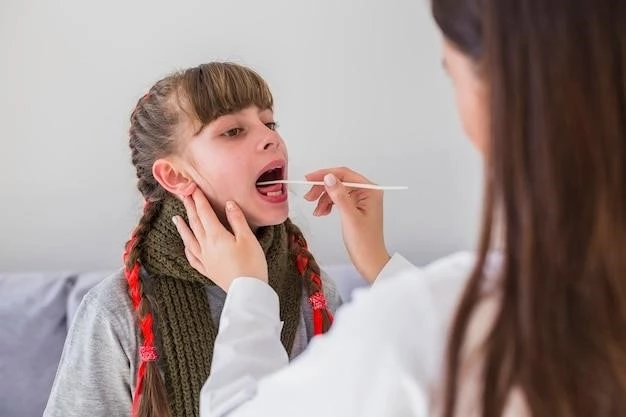Introduction to Trichorhinophalangeal Syndrome Type III
Trichorhinophalangeal syndrome (TRPS) is a rare disorder with distinctive facial and skeletal abnormalities. Learn more about TRPS Type III below⁚
Definition and Background
Trichorhinophalangeal syndrome Type III, also known as Sugio-Kajii syndrome, is an extremely rare inherited multisystem disorder. This syndrome is characterized by unique facial features, abnormalities in the fingers and/or toes, and skeletal abnormalities. Understanding the background and distinct characteristics of TRPS3 is crucial in diagnosing and managing this rare genetic condition.

Clinical Features of Trichorhinophalangeal Syndrome Type III
Individuals with TRPS3 may exhibit unique facial features, skeletal abnormalities, and peculiarities related to hair and nails. Learn more about the distinctive characteristics of TRPS3 below⁚
Distinctive Characteristics
Trichorhinophalangeal syndrome Type III (TRPS3) is identified by features such as fine, thin light-colored hair, unique facial characteristics, abnormalities in the fingers and/or toes, and specific bone abnormalities. Recognizing these distinctive traits is pivotal for early diagnosis and tailored management of TRPS3.
Genetic Basis and Inheritance Pattern
Understanding the genetic basis and inheritance pattern of TRPS3 is crucial. Learn about the inheritance of this rare syndrome to better comprehend its origins.
Understanding TRPS3 Inheritance
Trichorhinophalangeal syndrome Type III (TRPS3) is an extremely rare multisystem disorder inherited in an autosomal dominant manner. This means that an affected individual has a 50% chance of passing the condition on to each of their offspring. Understanding the inheritance pattern is key for genetic counseling and family planning.
Diagnosis and Differential Diagnosis
Diagnosing TRPS3 involves recognizing the unique facial and skeletal abnormalities. Understanding differential diagnoses is essential for accurate identification of TRPS3.
Identifying TRPS3
TRPS3, also known as Sugio-Kajii syndrome, presents with unique clinical features such as severe brachydactyly, short stature, and distinctive facial characteristics. Recognizing these specific traits is vital for accurate diagnosis and effective management of this extremely rare inherited disorder.
Management and Treatment Approaches
Implementing a comprehensive approach to address the symptoms of TRPS3 is essential. Discover effective management strategies to enhance the quality of life for individuals with this rare syndrome.
Addressing the Symptoms of TRPS3
Effective management strategies for TRPS3 involve addressing the unique clinical features, including fine, thin light-colored hair, characteristic facial abnormalities, and distinctive skeletal issues. Early recognition and tailored interventions can help individuals with TRPS3 lead a better quality of life.
Prognosis and Complications
Understanding the outlook and potential complications for individuals with TRPS3 is essential. Learn more about the prognosis and possible challenges associated with this rare syndrome.
Outlook for Individuals with TRPS3
Trichorhinophalangeal syndrome Type III (TRPS3) poses challenges due to severe brachydactyly, short stature, and distinctive facial features. Understanding the potential complications and prognosis is crucial for managing this rare inherited disorder effectively.

Research and Ongoing Studies
Stay informed about the latest advancements and ongoing studies in understanding Trichorhinophalangeal Syndrome Type III. Explore the current research landscape to enhance knowledge and treatment options.
Advancements in TRPS3 Understanding
Ongoing studies and research on Trichorhinophalangeal Syndrome Type III aim to deepen the understanding of this extremely rare inherited multisystem disorder. Stay informed about the latest advancements to improve diagnosis and management of TRPS3.
Support Resources and Patient Organizations
Explore support resources and connect with patient organizations to access valuable assistance for individuals affected by Trichorhinophalangeal Syndrome Type III. Seek support, information, and guidance from these dedicated organizations.
Assistance for Individuals with TRPS3
Information on Trichorhinophalangeal Syndrome Type III (TRPS3) can be crucial for affected individuals. It’s important to seek support from patient organizations and healthcare professionals who specialize in rare genetic disorders to navigate the challenges associated with TRPS3 effectively.
